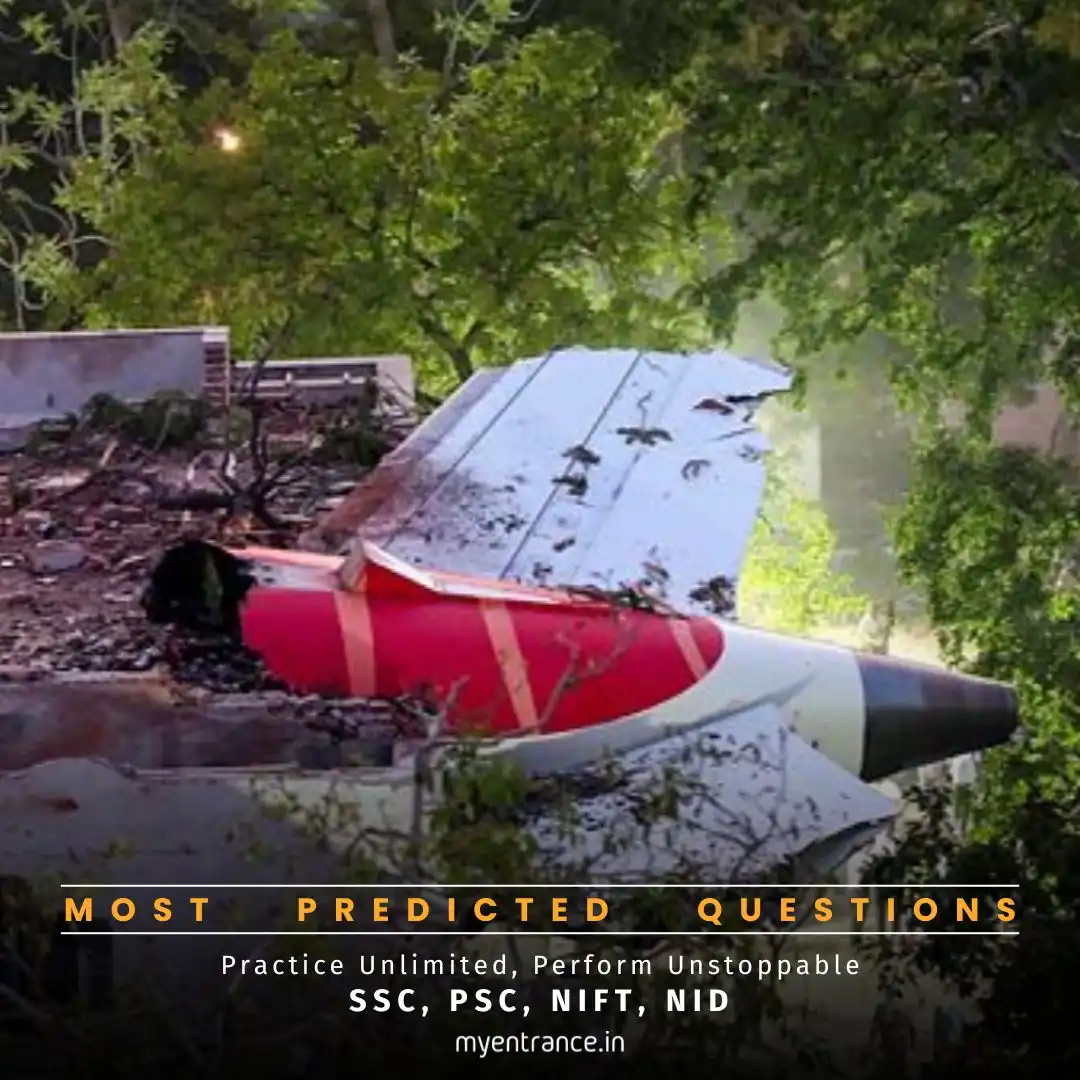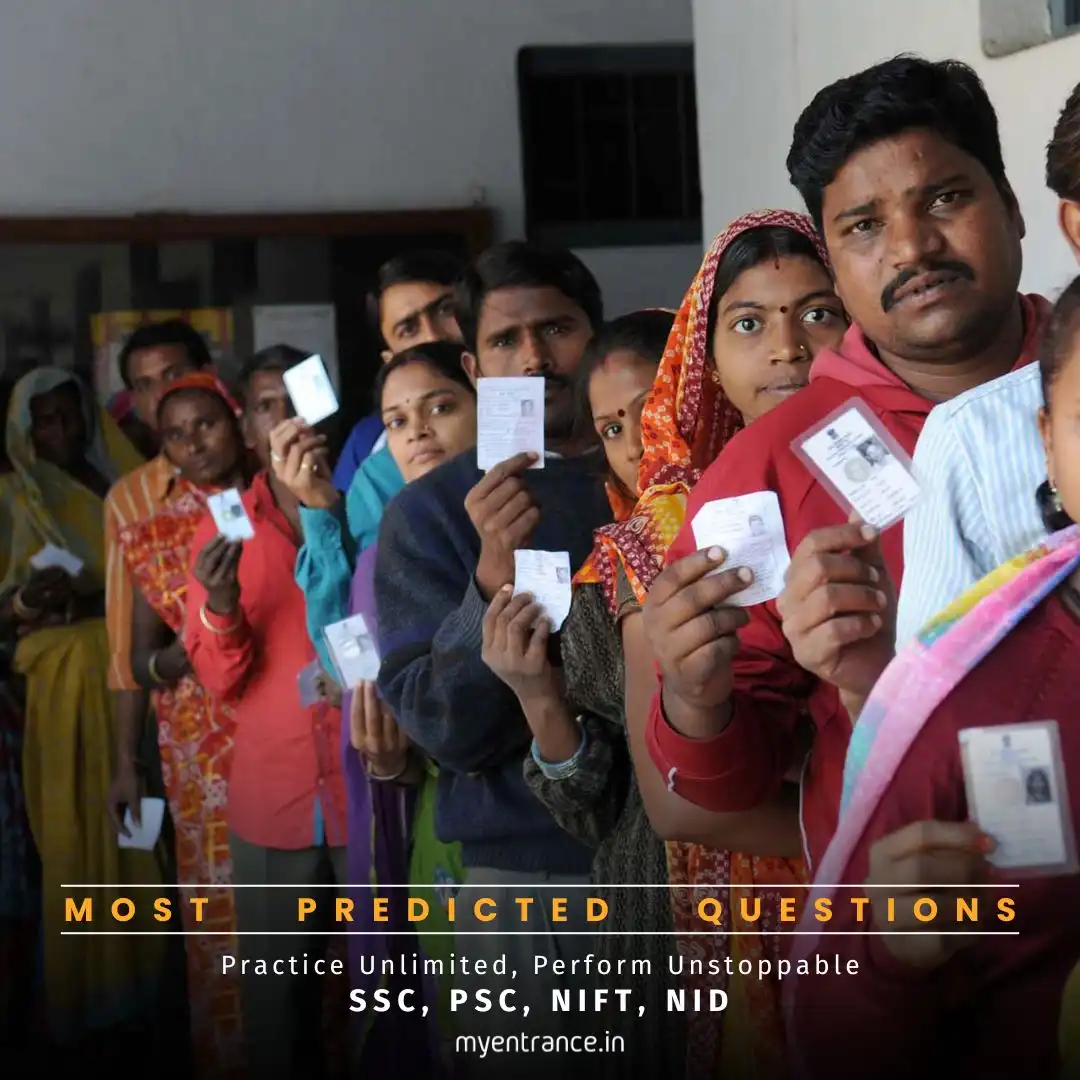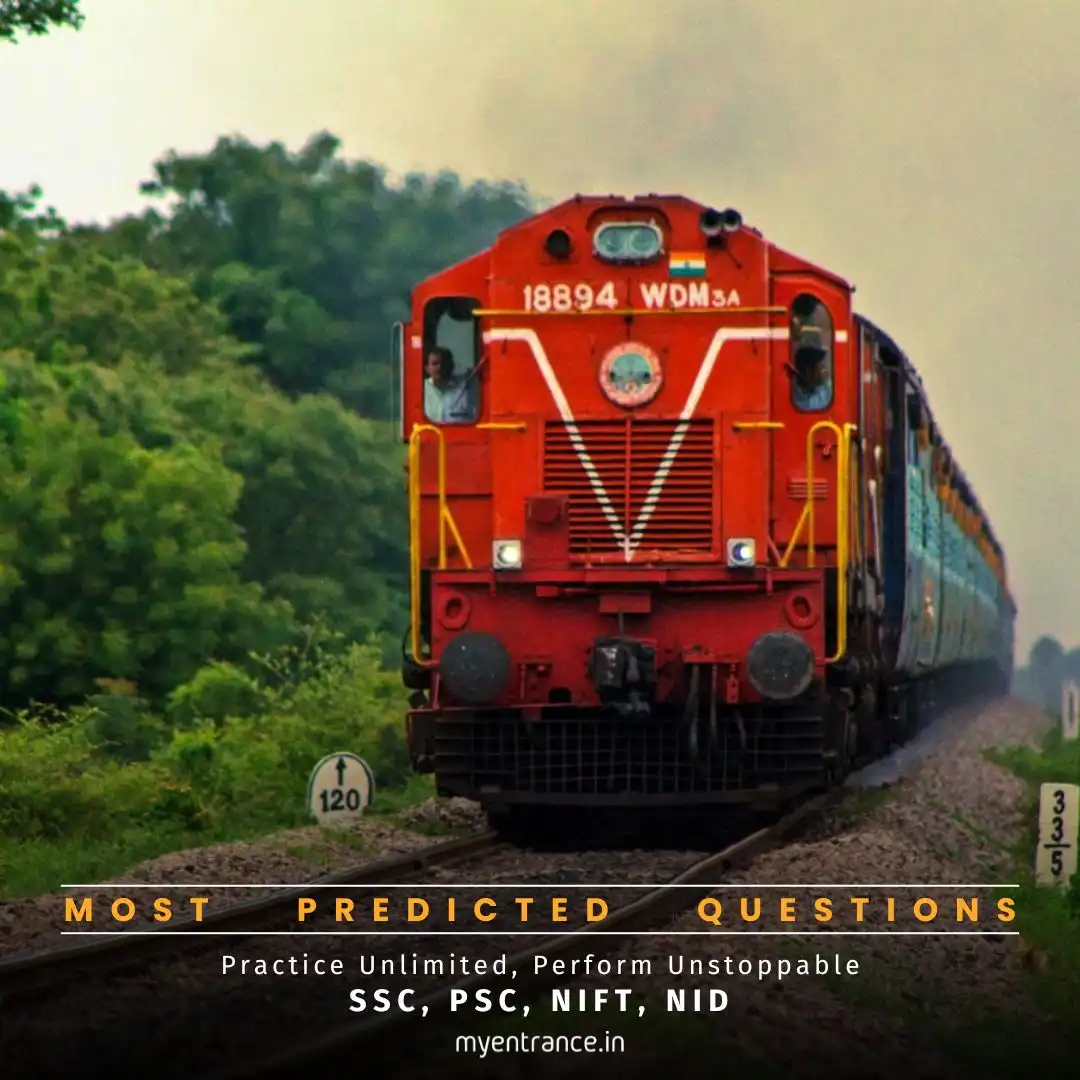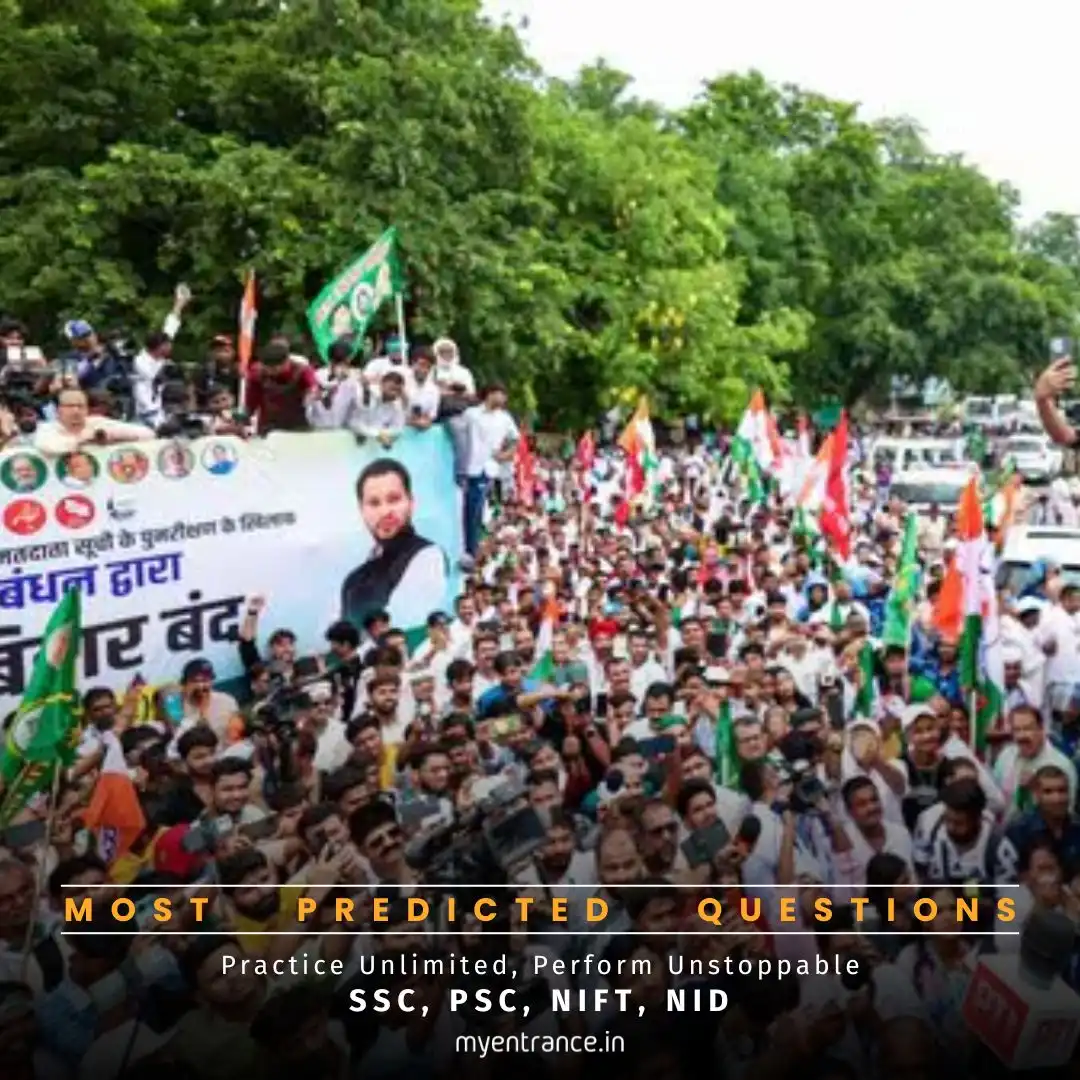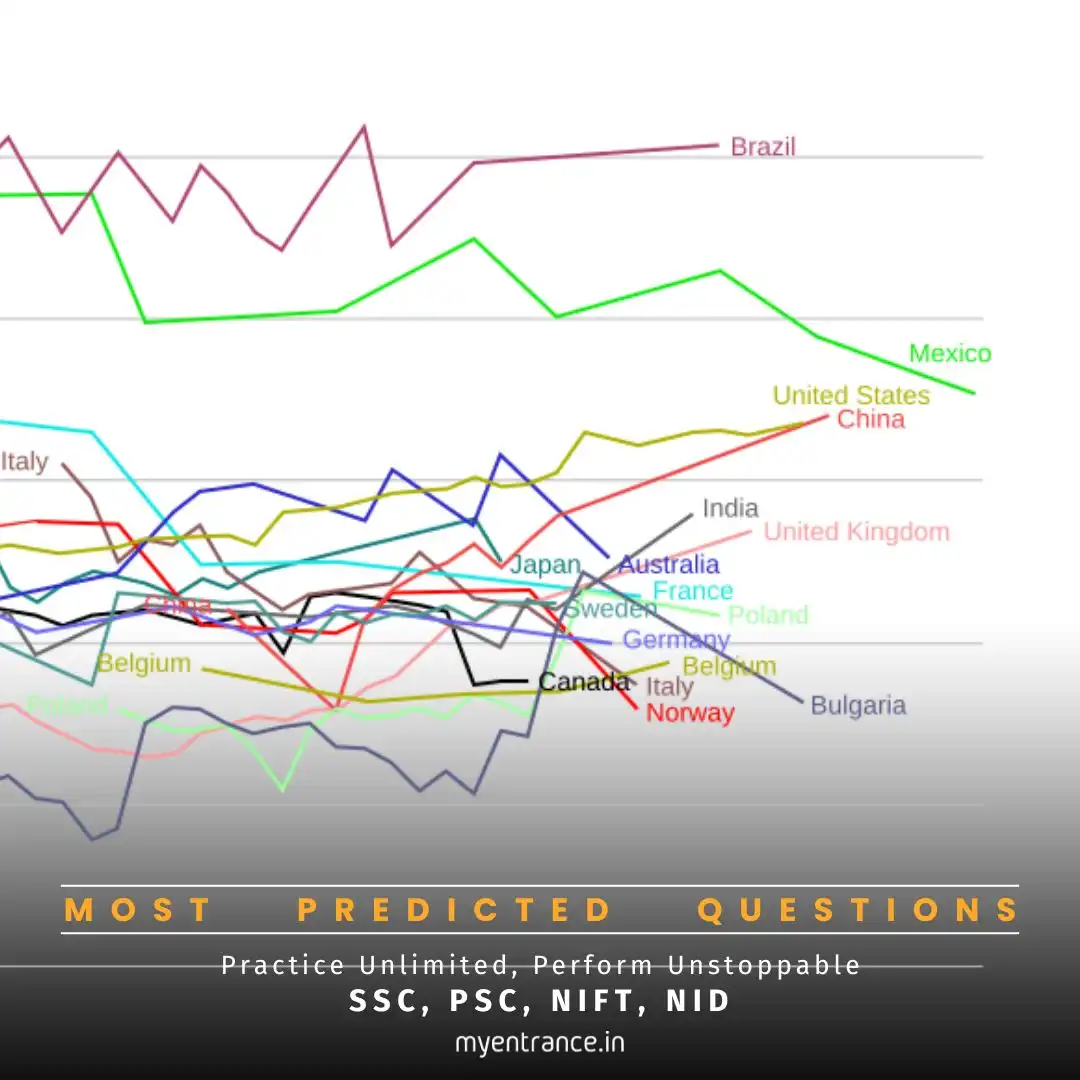Translate Language
Climate Refugees: The Unseen Crisis – How Does It Affect Global Stability?
While wars and conflicts dominate headlines, a quieter crisis grows—climate-induced displacement. Millions are forced to migrate due to extreme weather, yet they remain unprotected by global laws. Who are these “climate refugees,” and why does the world ignore their plight?
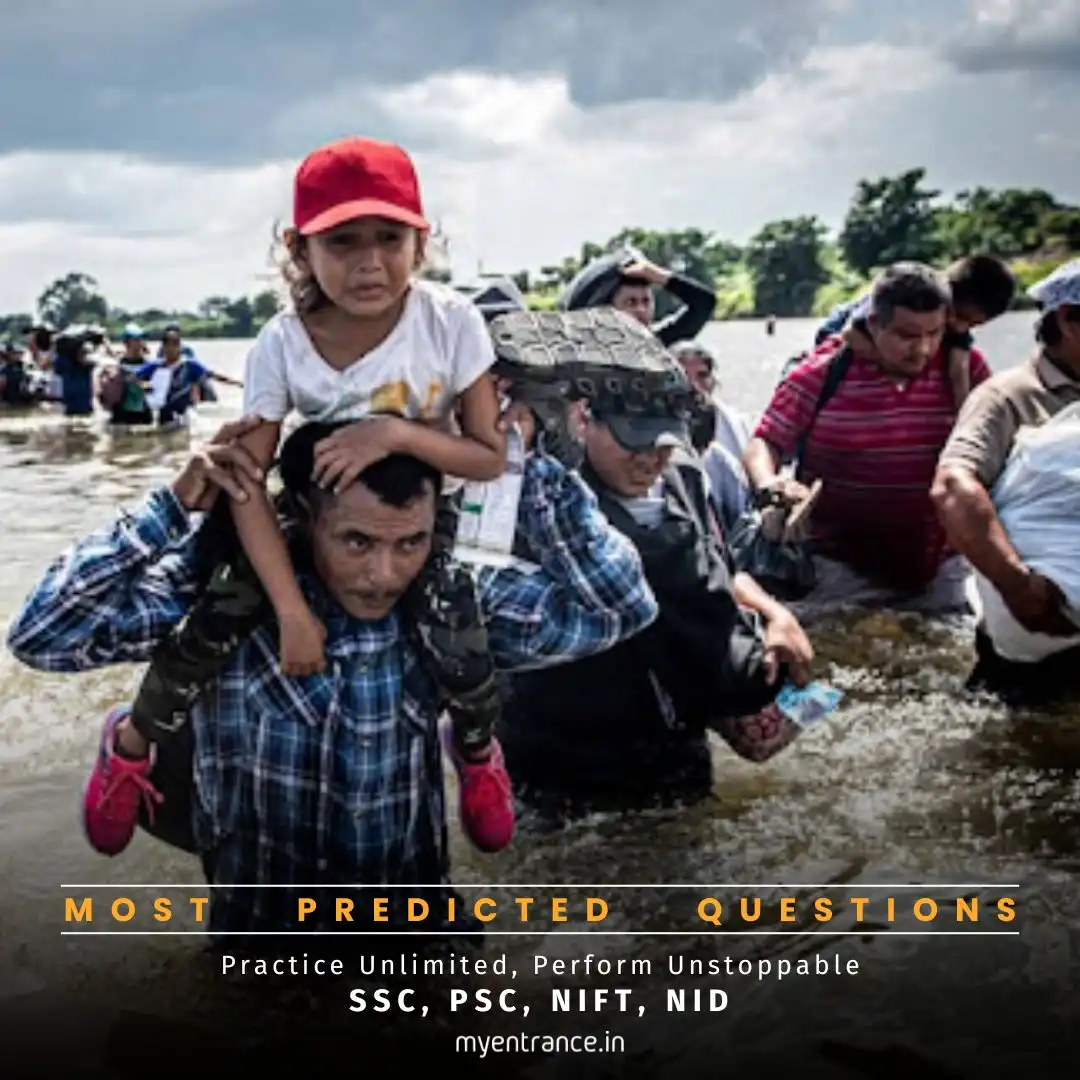
The Silent Crisis: Climate Refugees Explained
Who Are Climate Refugees?
Climate refugees are people forced to leave their homes due to environmental disasters like:
Rising sea levels
Extreme droughts or floods
Hurricanes and melting glaciers
Unlike traditional refugees (protected under the 1951 UN Refugee Convention), climate migrants fall into a legal gray zone. The UN avoids the term “climate refugee,” preferring “persons displaced by climate disasters.”
Key Challenges in Defining Them:
No universal legal definition
Displacement often mixes with poverty, conflict, or economic migration
Cross-border vs. internal displacement complicates recognition
Why Don’t Climate Refugees Get Protection?
In 2015, Ioane Teitiota from Kiribati sought asylum in New Zealand, arguing that rising seas made his island uninhabitable. His case was rejected because the Refugee Convention doesn’t cover climate-related displacement.
Legal Gaps:
The 1951 Convention only recognizes persecution, war, or violence as valid reasons for refugee status.
No binding global treaty protects climate migrants.
Some countries offer humanitarian visas (like New Zealand for a Tuvaluan family), but these are exceptions, not rules.
Climate Displacement Hotspots
The Global South suffers the most due to:
Heavy reliance on climate-sensitive farming
Weak infrastructure to handle disasters
Examples:
Central America’s Dry Corridor: Droughts and hurricanes displaced 1.4 million.
Bangladesh: By 2050, 17% of its land could be underwater, forcing 20 million to flee.
Pacific Islands (Kiribati, Tuvalu): Rising seas may wipe out entire nations.
Is There Any Hope for Legal Protection?
While no strong international law exists, some “soft law” efforts are emerging:
Nansen Initiative (2012): A non-binding agreement for disaster-displaced people.
Kampala Convention (Africa): Recognizes displacement from natural disasters.
2020 UN Ruling: States can’t deport people to areas facing life-threatening climate impacts.
Still, these measures rely on voluntary cooperation, not legal enforcement.
Why Should We Care?
Humanitarian Crisis: Millions live in legal limbo with no rights.
Future Risks: By 2050, 200 million could be displaced by climate disasters.
Policy Failure: Without action, climate gentrification (forced relocation of poor communities) will worsen.
Get 3 Months Free Access for SSC, PSC, NIFT & NID
Boost your exam prep!
Use offer code WELCOME28 to get 3 months free subscription. Start preparing today!
